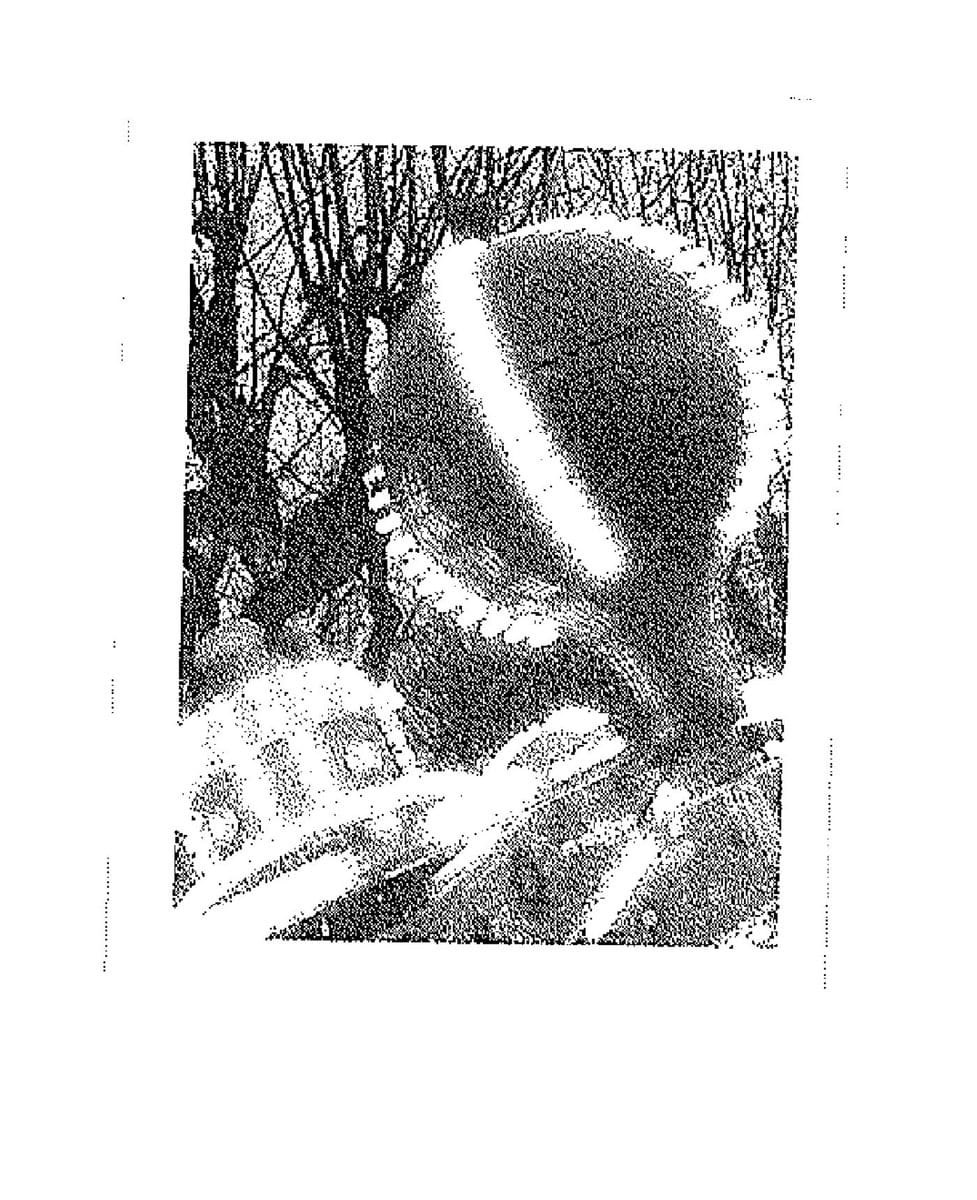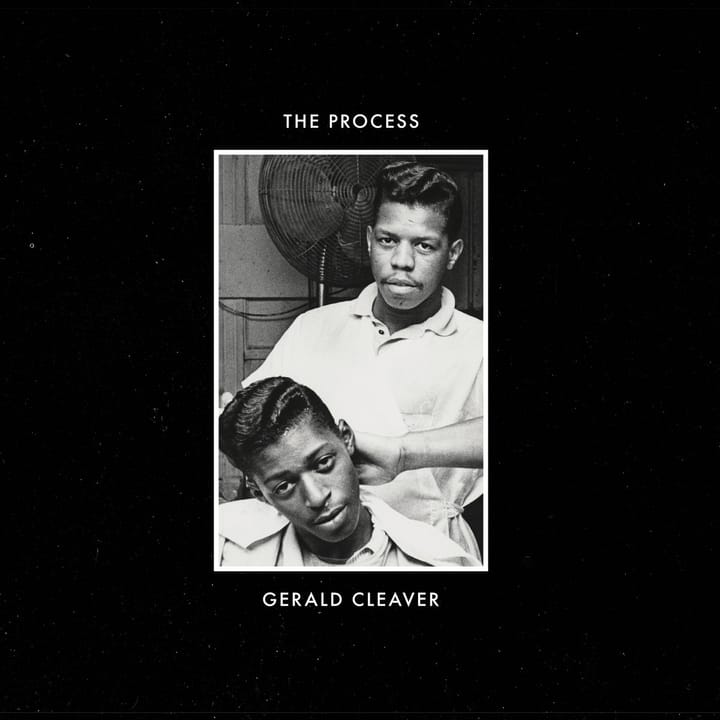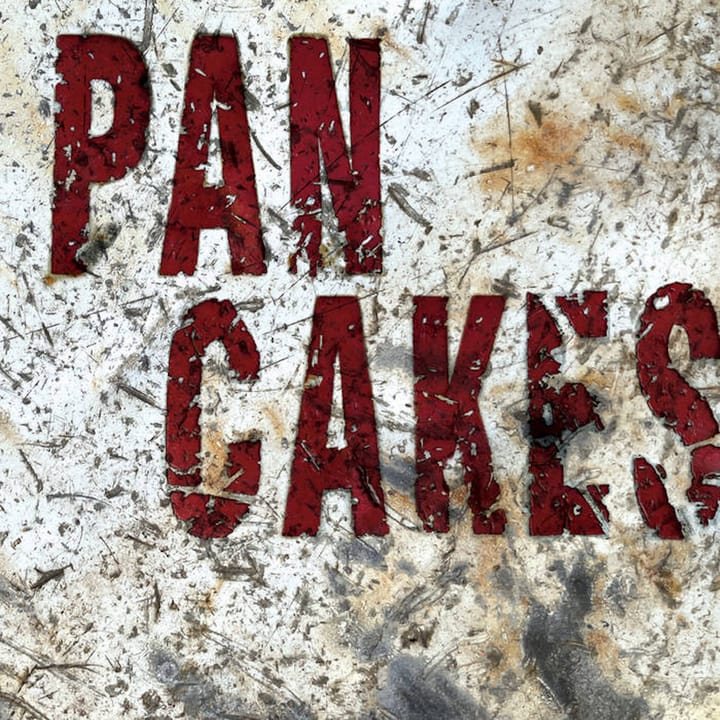Review: IEOGM – dolphins in cornwall
An uncanny collaboration between Marie Vermont and the concept horse, melding the domestic and the sub-aquatic.

RELEASED ON MOLT FLUID.
This collaboration between Marie Vermont and the concept horse was recorded using "a shifting constellation of electronic and acoustic devices", which could be read one of two ways. Either each track uses a different configuration of equipment and FX, or the devices themselves are slipping out of the players hands, variables writhing autonomously, glitches bursting in from nowhere. Both feel true, and ambiguity of communication is right at the root of dolphins in cornwall.
This is most vividly showcased on the two text-based pieces, in which passages written by the concept horse are algorithmically translated and then spoken through a voltage-controlled 12b/oct state variable filter. These multiple acts of displacement often render the text unintelligible, and due to the harsh resonances and high pitches that impale certain sections of the recording, the voice becomes difficult to endure full stop. On "nancledra", one can hear low strings being idly thumbed beneath the shattered prose. It's not clear whether this is a cello, but if it was that'd be beautifully apt: a voice shorn of its communicative ability, accompanied by an acoustic instrument said to best match the frequency range of the human voice. The human strains to become other, while the other renders itself familiar.
Included in the album's liner notes is a paragraph about how dolphins receive sound (through their throat rather than the ears), along with the fact that they produce sounds from an organ known as a melon. The duo provide no explicit connection between these details and the sonics here, so we can only speculate: are these collages, ridden with distorted whines and meddled acoustic warmth, aiming to capture both the mysterious sound-emitting capacities of the dolphin, as well as the sorts of upturned sound objects that might visit upon this divergent means of hearing? The pieces attain both the tactility of gathered domestic objects (old tape recorders hauled out of loft boxes, the tinkling of glass, faux organ drones, soft knocks on material) and a sort of alien estrangement through the drooping of pitch, roughly-ripped edges of loops, the beeping of patchy not-quite morse code and more. Briefly the dolphins visit the coast of cornwall, and briefly an earthly pleasantry scuffs against a water-refracted weirdness.



